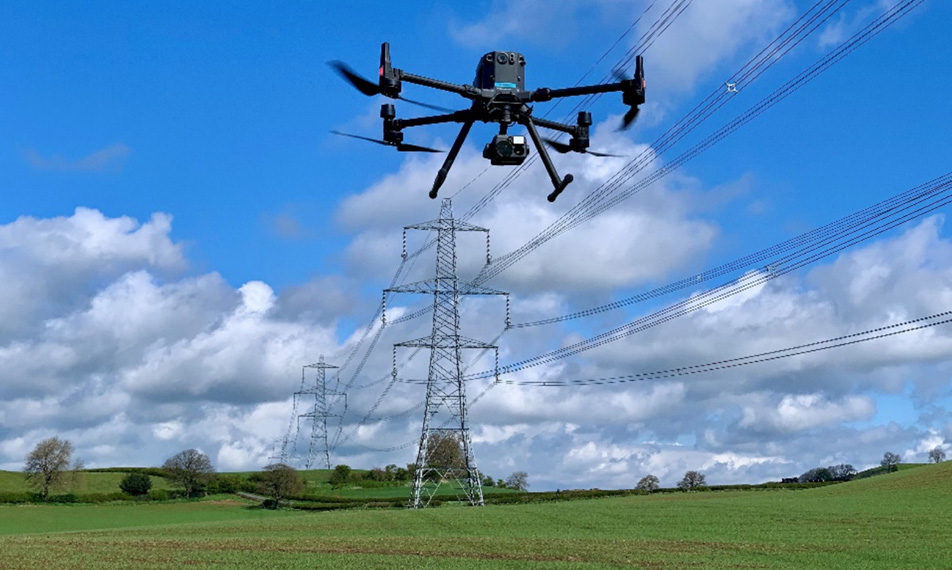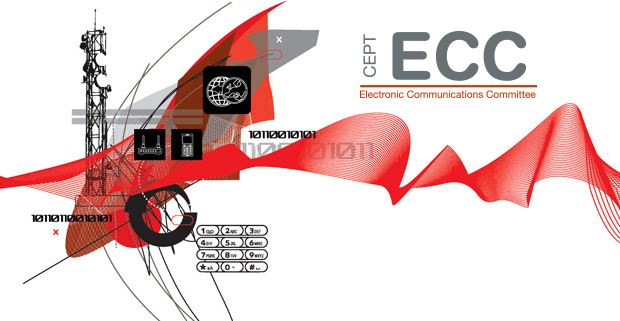ECC Newsletter May 2023
ECC develops forward-looking measures to enable connection of drones with mobile networks
Peter Faris, ECO Spectrum Expert, explores recent developments from the Electronic Communications Committee regarding harmonisation of mobile spectrum for usage by drones
Technological advances in unmanned aerial systems, more commonly known as drones, have led to an increase in their use for various consumer, professional and governmental applications in recent years. As drones by their nature rely on wireless connectivity to operate, unique challenges for management of the radio spectrum have arisen. These were explored in ECC Report 268, as well as in a CEPT workshop and associated newsletter article in 2018.
Since then, the ECC has taken proactive measures to ensure the safe and efficient operation of drones in a number of areas, including identifying frequencies for command and control, as well as data payload communications. In this article, we explore the most recent developments related to facilitating the connection of drones with existing mobile networks.
Mobile networks to enable long-range communication
Data communication via mobile networks can provide benefits for a range of applications which need to operate over wider distances beyond the visual line-of-sight. Examples include the ability to inspect crucial infrastructure such as power lines or transport networks, as well as government surveillance applications such as search and rescue, border monitoring or anti-terrorism operations.

Figure 1: Drone monitoring of power lines
In principle such connectivity to commercial mobile networks is already feasible using existing technology, i.e. drones equipped with standard off-the-shelf mobile user equipment (UE) – referred to as “aerial UE”. However, the use of these devices at altitude results in the possibility for line-of-sight radio conditions with other systems operating in adjacent frequency bands. Therefore, there is an increased risk of interference to these systems compared with from a standard smartphone operating on the ground, and it is necessary to conduct co-existence studies to verify if any enabling regulatory measures are necessary to unlock potential obstacles for the use of aerial UE.
Co-existence with other spectrum users
In this context, ECC Report 309, published in 2020, studied the impact of aerial UE on existing applications in and adjacent to current harmonised mobile bands. The report focused on the use of 4G technology. It was complemented by ECC Report 348 in 2022, which extended the studies to also consider 5G technology using active antenna systems (AAS). The latter report formed part of a wider programme in the ECC to review the suitability of current regulations for 5G to avoid unnecessary burden.
All of these reports concluded on a range of measures necessary to foster the further development of drones while protecting important existing applications in adjacent frequency bands. In particular, specific out-of-band emission limits were identified as necessary from aerial UE operating in 1710-1875 MHz and 2500-2620 MHz. The reasons for this were to protect meteorological satellites operating in 1675-1710 MHz, radio astronomy observatories receiving in 2690-2700 MHz, and air traffic control radars operating in 2700-2900 MHz. Other operational conditions include the possible need for “no-transmit zones” to be determined on a national basis for protection of:
- digital TV receivers below 694 MHz from aerial UE operating in 703-733 MHz;
- radio astronomy observatories receiving in 1400-1427 MHz and 1660-1670 MHz from second harmonic signals of aerial UE operating in 703-733 MHz and 832-837 MHz respectively;
- radio astronomy observatories receiving in 2690-2700 MHz, and air traffic control radars operating in 2700-2900 MHz, from aerial UE operating in 2500-2620 MHz
Harmonisation of spectrum for aerial UE
These technical and operational conditions were implemented in ECC Decision (22)07, published in November 2022, which harmonises six bands for aerial UE either using 4G or 5G technology. The bands are: 703-733 MHz, 832-862 MHz, 880-915 MHz, 1710-1785 MHz, 1920-1980 MHz and 2500-2620 MHz.
This harmonised framework offers numerous benefits to industry, governments and consumers. It facilitates the use of these bands for drone-based applications to connect to existing mobile networks, while ensuring protection of other users of adjacent bands.
Future work may consider the inclusion of the 3.4-3.8 GHz in the framework in a revision of the Decision.
As part of its other ongoing work, the ECC is also considering forward-looking solutions for command and control and payload links of drones to use the 1880-1920 MHz range exclusively for governmental applications. Draft ECC Report 352 is planned for publication in June, to be followed by a draft ECC Recommendation planned for publication in June 2024.



